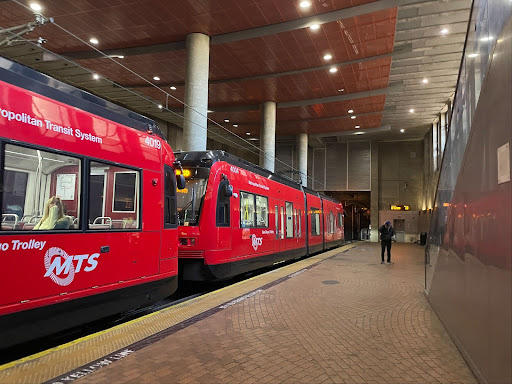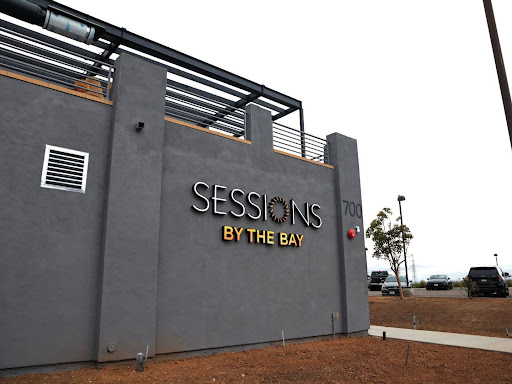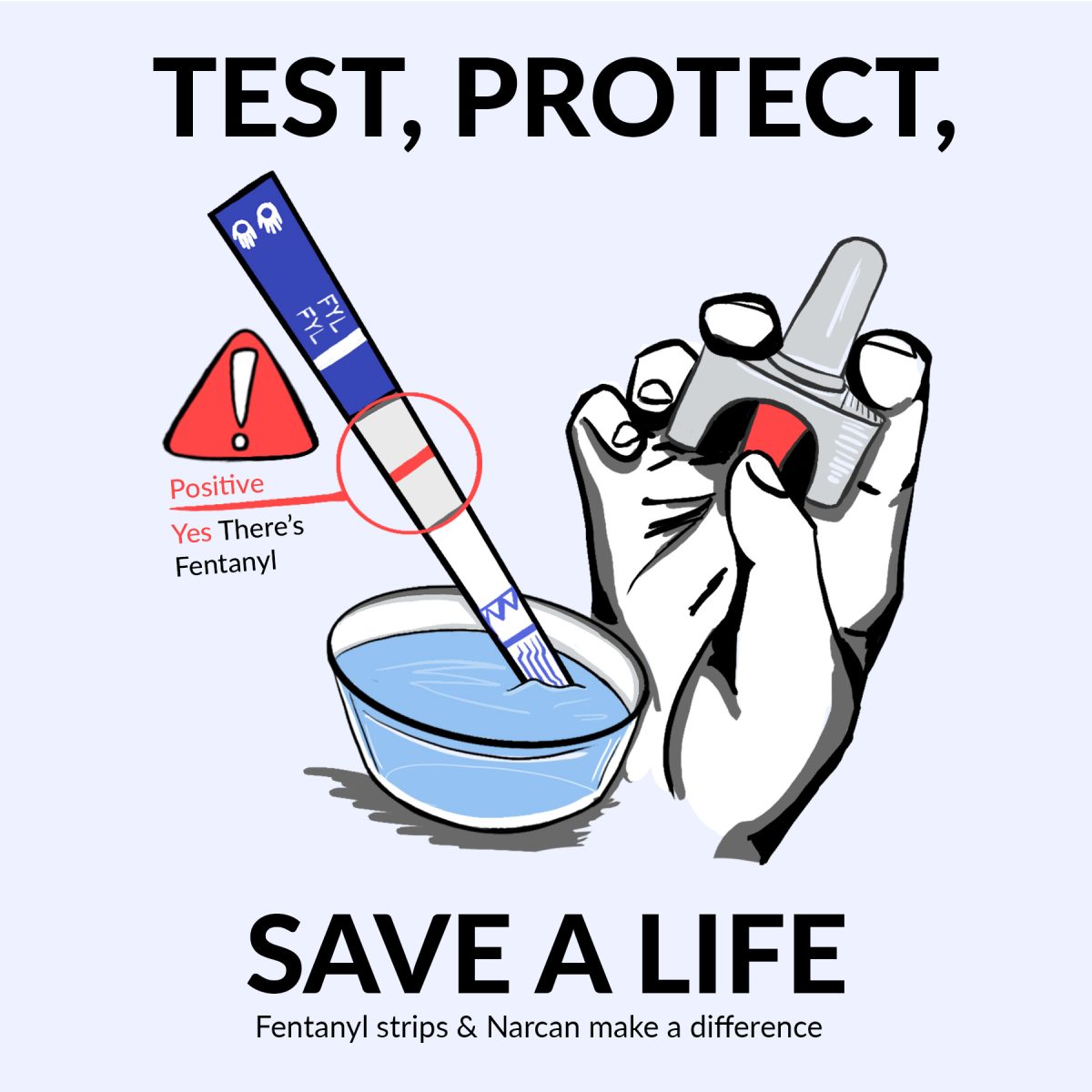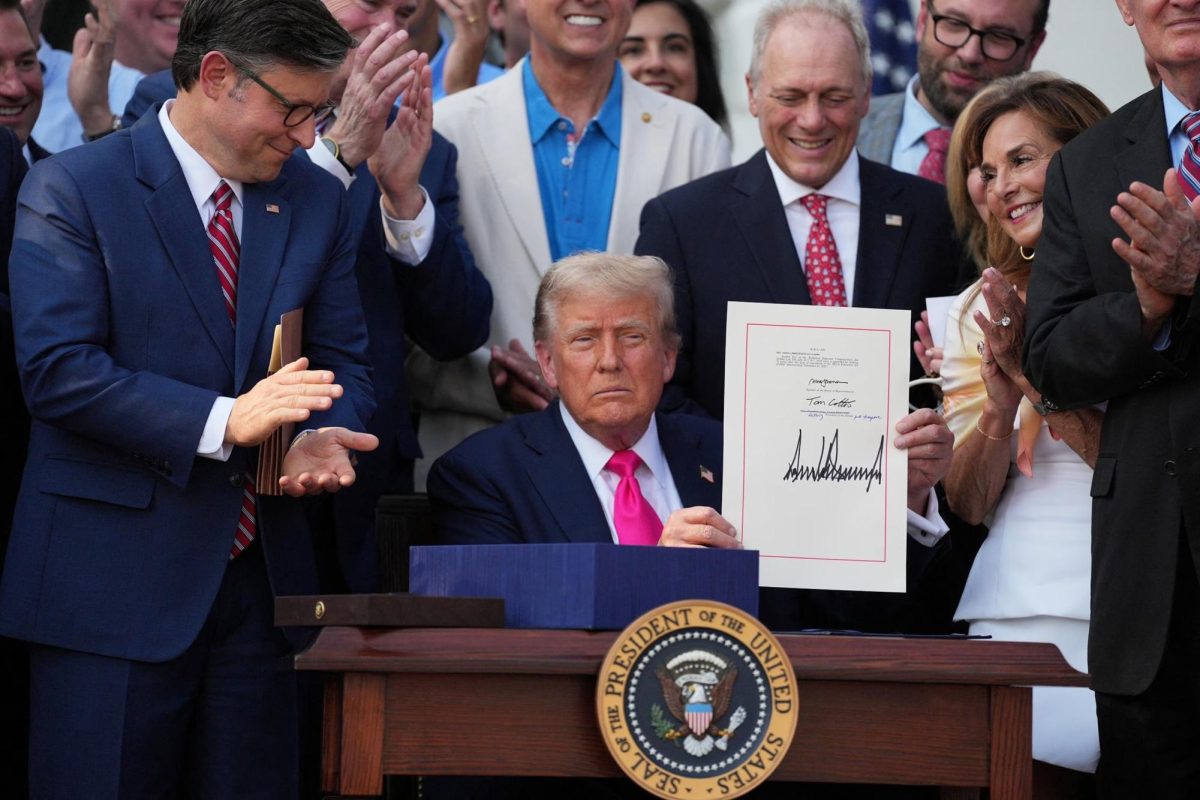Increased funding for transportation infrastructure, managed by the San Diego Association of Governments, has been continually rejected throughout the year.
The city is looking at a $258 million budget deficit for the upcoming fiscal year and has warned of numerous potential cuts.
However, as city officials prepare to make cuts and search for new revenue sources, San Diegans recently rejected two sales tax measures that were on November’s ballot.
Measure G, the only measure on ballots across San Diego County, would have implemented a half-cent sales tax increase to fund transportation infrastructure. Of the $350 million it was projected to raise each year, 62% was committed to public transit projects and operations and 27% to highway projects.
San Diegans were split nearly 50-50 on the measure, with North County pushing the results toward “no.” According to KPBS, the measure would have passed if it had been limited to the city of San Diego.
This isn’t the first time a public transit sales tax measure has appeared on San Diego ballots.
In 2004, San Diego County voted to extend TransNet with a 40-year sales tax increase of 0.5% to help SANDAG complete transportation infrastructure projects. Measure G would have doubled the public transit sales tax San Diegans pay and would have overall increased the 7.25% sales tax to 8.25%.
Miles Himmel, communications director for District 5 Supervisor James Desmond and principal officer of the No on Measure G Campaign, discussed how his opposition was rooted in unkept promises from the 2004 measure.
“About 15 projects were promised right on the front of people’s ballots,” Himmel said. “And we’re not getting those projects. Like, the HOV lanes on the [State Routes] 78 and 67, which is a major wildfire corridor, improvements on those. And the [State Route] 52 and a whole litany of freeways and we didn’t get those.”
While CalTrans has reported that the State Routes 78, 67 and 52 improvement projects are currently underway or will be in the future, there have been minimal updates. It is also true that SANDAG misled voters when the TransNet extension measure was originally proposed.
According to Voice of San Diego, SANDAG reported that TransNet would bring in $14.2 billion from its implementation in 2008 to its expiration in 2048. However, the estimations SANDAG made nearly a year before the election proved that the measure would make $9 billion, a difference of over $5 billion.
This information change was not provided to the public. Instead, voters saw the original estimation of $14.2 billion on their ballots.
“[SANDAG is] a group that’s fraught with corruption,” Himmel said. “And they have the Department of Justice looking at their mismanagement of the [State Route] 125 toll roads.”
In April 2024, SANDAG executives accepted responsibility for this mismanagement that resulted in millions of dollars lost from the State Route 125 toll in fall 2023, according to The San Diego Union-Tribune.
The findings were related to a series of resignations from SANDAG’s Chief Executive Officer Hasan Ikhrata and Chief Financial Officer Andre Douzdjian, as well as the termination of finance official Lauren Warrem. Shortly after she was fired, Warrem sued SANDAG for wrongful termination, a case that is still pending.
SANDAG is also facing a class-action lawsuit from a driver who was reportedly mischarged by the toll, according to Times of San Diego.
“You didn’t keep your promises of this tax that we’re paying for 24 more years. So, until you keep those promises through the things you promised voters, you don’t get more money. That’s our argument,” Himmel addressed SANDAG.
Supporters, however, claim that Measure G did address concerns about SANDAG’s mismanagement.
“There was a lot of concern related to the agency mismanaging the funds, and that confused the public,” said Carolina Martinez, Climate Justice Director for the Environmental Health Coalition. “We do want to clarify that the measure had in place a lot of accountability mechanisms for transparency, like a yearly expenditure plan that could be reviewed by the public.”
One accountability mechanism was a committee established to perform annual financial audits. According to KPBS, Measure G promised voters a Taxpayer Oversight Committee made up of professionals not associated with SANDAG.
In her role, Martinez directs EHC’s climate strategy with a focus on public transit as a solution to environmental and economic issues caused by cars.
“If we improve our transit system, then that means that we could improve our air quality, reduce the heat waves that we’ve been facing lately, but also improve the quality of life, because then that means people are able to get to their destinations faster without having to incur really high expenses,” Martinez said.
The rejection of Measure G comes just two months after the Metropolitan Transit System made significant cuts to its service upgrade budget.
The budget for planned service upgrades has decreased from $209 million to $158 million, delaying the improvements until 2025 or 2026, according to The San Diego Union-Tribune.
MTS made headway on some upgrades at the start of the year, including increasing trolley service and a new overnight bus route to San Ysidro. However, previous plans to increase bus service frequency and bus stop fixtures were cut in the budget.
On Feb. 1, MTS began mandatory $25 citations to anyone riding without a valid fare, as a way to generate additional revenue.
However, some San Diego State University students, including graduate students Ance Trapse and Alexa Fields, argue that San Diego public transit should be free.
“If they allowed students to ride for free maybe that would be more [of an] incentive,” said Trapse.
“At other schools, in my undergrad too, we could ride the bus or the trolley system for free,” Fields said.
Though MTS voted to keep the funding for improving security, safety is another big concern for students.
“The trolley is sometimes scary … there’s been yelling and fights on the trolley and I’m like, ‘I’d rather not be on here right now,’” said Luke Moore, a first-year student at SDSU. “But, I just try to keep to myself in the back and I’m like, ‘Why isn’t there any officer or anyone on here watching the trolley?’ Anything can happen on there.”
Though ridership has been steadily increasing over the last few years, numbers have not yet reached pre-pandemic levels.
In 2023, the number of boardings per week was more than 270,000. However, 2019 saw an average of more than 314,000 each week, according to SANDAG.
Himmel attributes these lower ridership levels to safety concerns.
“One of the things that’s just not talked about when it comes to public transit too is crime and homelessness,” Himmel said. “In California, single women don’t want to do it. Families don’t want to do it. They don’t want to take their kid on there.”
Martinez sees the issue of safety as separate from the issue of public transportation and believes it should be addressed as such.
“Let’s not forget that safety is an issue not just for transit,” Martinez said. “It goes beyond transit, and everyone is facing it in different ways. We can’t not afford to invest in transit because the safety issue is not being fixed worldwide.”
While Martinez believes in investing in public transit, Himmel believes that investing in road infrastructure improvements is more valuable.
“I would love to see that money invested way down the line,” Himmel said. “If you’re talking about a project 10 to 20 years down the road, which inevitably you’re going to be. I would just love to see it put into autonomous vehicles that would be able to help lower-income people get to doctor’s appointments, help seniors be able to get to be around others.”
The self-driving car company, Waymo, currently offers its taxi services to Los Angeles, San Francisco, Phoenix and Austin, Texas. Recently, Waymo began test driving its vehicles here in San Diego, according to The San Diego Union-Tribune.
Throughout the last decade, California has been a pioneer in its support for technologically advanced, electric and clean-air vehicles to improve environmental issues.
According to the California Air Resources Board, the Clean Vehicle Rebate Project reduced carbon dioxide emissions by 3.9 million metric tons over its 13 years.
Though the Clean Vehicle Rebate Project ended in 2023, Governor Gavin Newsom promised to revamp the program if President Trump eliminates it. On Jan. 21, President Trump signed an executive order to end all electric vehicle tax credits, which will come into effect if Congress decides to change them.
Currently, those who buy a new or used vehicle will still receive federal rebates of $4,000 to $7,500, according to Drive Clean.
For Martinez, switching from gas-powered to electric and autonomous vehicles is not the end-all solution, arguing they would further traffic congestion and lower the quality of life.
“If we continue to build infrastructure for roads, that means that we’re eliminating space for housing and other uses like parks,” Martinez said. “So, if we focus on reducing the amount of space we dedicate to vehicles, that gives us more room to plan for other users that are essential.”
Though she supports public transit infrastructure projects over road ones, Martinez also emphasized a need for projects that will take effect currently.
“That’s the other thing: People are hurting right now,” Martinez said. “While heavy infrastructure projects are amazing, that’s going to take us years before they’re built. So we’re looking very closely at a concept called the Blue Line Express rapid. So running a rapid bus that mimics the blue line but provides express service.”
Despite the difficulties that projects like new express buses may face following budget cuts and the rejection of Measure G, Martinez is still hopeful for the future of San Diego public transit.
“I think, while the measure did not pass, all the work that was done is a victory because it put in place networks of work that now have normalized transit as a climate solution,” Martinez said. “How do we think of solutions that impact thousands and millions? How do we move thousands and millions of people efficiently?”











